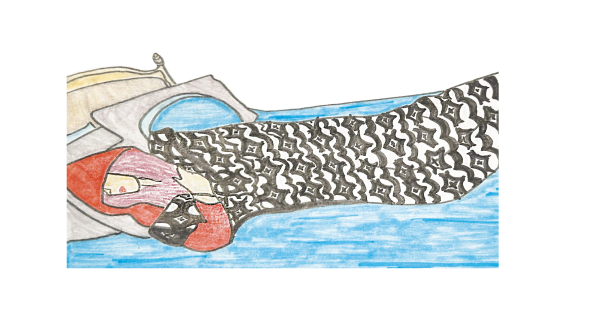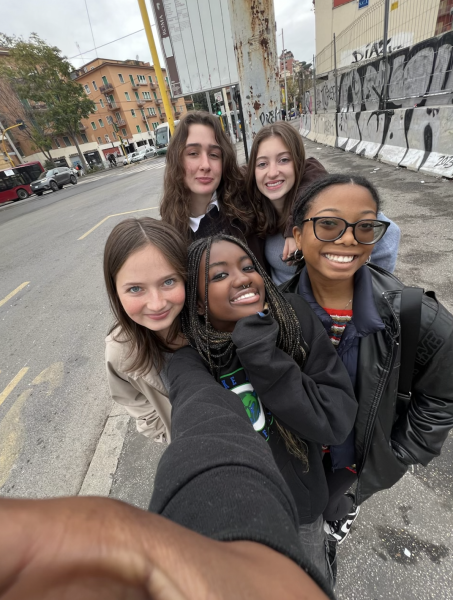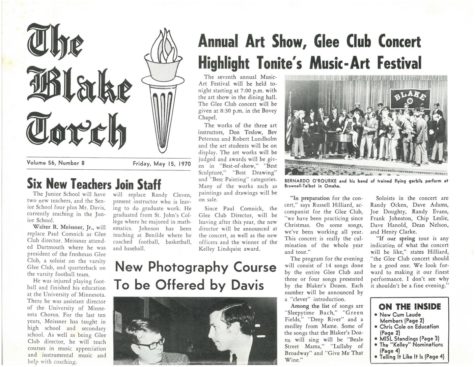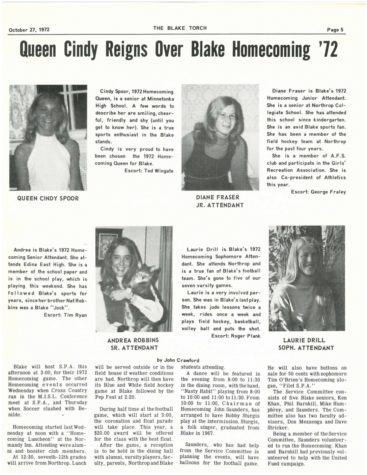Spending a day with Anne Stavney
Head of School’s macrovision relates to individuals
As Head of School, Anne Stavney endeavors to pilot each campus in the direction of success, in a sense both individual and reputational.
Stavney describes an archetypical Head of School workday ìlooking like a whole bunch of meetings with different people who are helping [her] run the school. Stavney specifies, ìthey might be members of the administrative council, members of the board of trustees, or one other group that I meet with fairly often are potential or current donors who Iím stewarding and updating on the school, thanking them and so forth
With thirteen administrators running the school and reporting to her on a daily basis, Stavney oversees and/or manages cases regarding processes and school-wide goals whether theyíre subject or not; Stavney is ìoften working with [the administrators] on evolving or rethinking policies and implementing them
Her work doesnít favor one campus; Stavney notes that her work naturally distributes itself across all campuses equally. She says, ìI know whatís occurring in terms of the curriculum, faculty, etc. in all divisions. I know if there are students who are facing one challenge or another.î
Her duties exist under the umbrellas of academics, finance, legality, admission, and morality, also concerning the emotional experience of the student population. Stavneyís responsibilities are humanized by both her on-and-off role as an English teacher and attending functions like assemblies and senior speeches, performances, retreats, and homerooms. Stavneyís favorite mode of student interaction is in the classroom, teaching the students in a daily academic zone herself.
As far as financial leadership goes, Stavney says, ìweíre a $40 million business; thereís a lot with risk management around money and around employees, and we have audits every year. I also work with a team to invest the money that we have wisely. Thatís something I spend a lot of time on: looking to the future of Blake, like two generations away, making sure they have money to spend. That long-term view is something I think is truly important.
A task that requires more controversy than financial decision making is addressing crises; when issues arise, Stavney says ìWhat I do is stay calm; the very first thing I do is assemble members of my team who have something to do with it or have information. We sit down and talk about the issue, what needs to happen right away and then talk about a longer-term plan. I always include communication: who do we need to communicate with and in what way? Itís the internal piece of it.î
Stavney then brings the board into the conversation to consider the reputational interest of the school. Lastly, she notes that ìwe have a legal team that [she works] with, both local and national, and also a crisis communication team that we work with from the outside.î
There exists at least a little bit of Stavneyís insight within every facet of the school, but her vision as a whole isnít dominated by herself and other faculty; itís a vision of intellectual and emotional evolution for each member of the Blake community, as well as the community as a whole.

I'm Eva and I'm Co-Editor-in-Chief! I also edit Front and I've served as Creative Director and Editor of Features, InDepth, and Comedy in the past. Spectrum...













